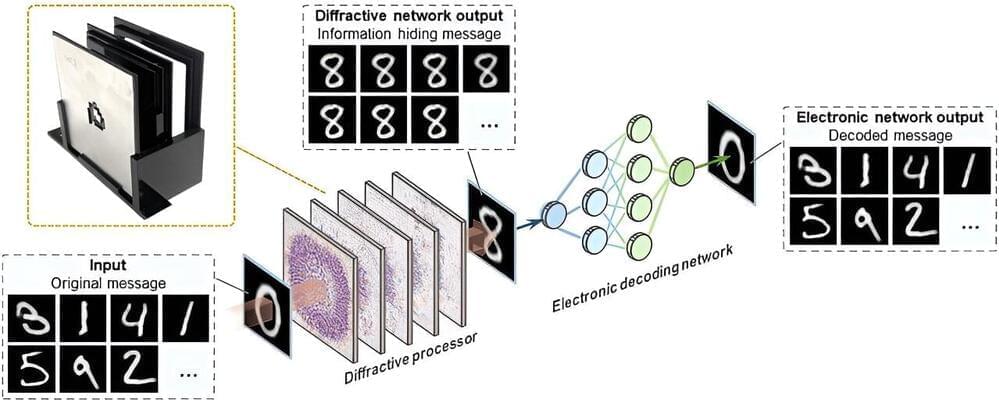Watch June’s edition of Inside SingularityNET, featuring exciting news and insightful updates on our AGI R\&D, decentralized AI platform development, progressive decentralization, and broader ecosystem developments.
00:00 — Intro | AI Twin — Dr. Ben Goertzel.
00:48 — Dr. Matt Iklé | CSO — SingularityNET
04:09 — Sergey Shalyapin | CTO — SingularityNET
08:07 — Vita Potapova | Hyperon Project Manager — SingularityNET
13:19 — Alex Blagirev | SIO — SingularityNET
19:10 — Haley Lowy | Marketing Lead — SingularityNET
24:57 — Jan Horlings | CEO — Deep Funding.
31:23 — Esther Galfalvi | Decentralization Program Lead — SingularityNET
34:11 — Peter Elfrink | Community Lead — SingularityNET
35:52 — Stacey Engle | CEO — Twin Protocol.
39:45 — Jennifer Bourke | Marketing and Community Lead — NuNet.
45:02 — Jerry Hall | Marketing Lead — HyperCycle.
47:21 — Patrik Gudev l CEO — Jam Galaxy.
52:23 — Robin Spottiswoode l CTO — Jam Galaxy.
54:40 — Rebekah Pennington | Partnerships and Community — Yaya Labs.
56:03 — Kennedy Schaal | CEO — Rejuve. BIO
#AI #DecentralizedAI #AGI
MeTTa website: https://metta-lang.dev/
Decentralization website: http://decentralizing.singularitynet.io.
Artificial Superintelligence Alliance: https://superintelligence.io/
Rejuve. Bio Crowdsale: http://bit.ly/rjvbcrowdfund.
Disclaimer: Videos published by SingularityNET are meant for informational purposes only and are not intended to serve as a recommendation to buy or sell any security in a self-directed account and are not an offer or sale of a security. Any investment is not directly managed by SingularityNET or Rejuve. Bio. All investments involve risk, and the past performance of a security or financial product does not guarantee future results or returns. Potential investors should seek professional advice and carefully review all documentation before making any investment decisions.
SingularityNET was founded by Dr. Ben Goertzel with the mission of creating a decentralized, democratic, inclusive, and beneficial Artificial General Intelligence (AGI). An AGI is not dependent on any central entity, is open to anyone, and is not restricted to the narrow goals of a single corporation or even a single country.







